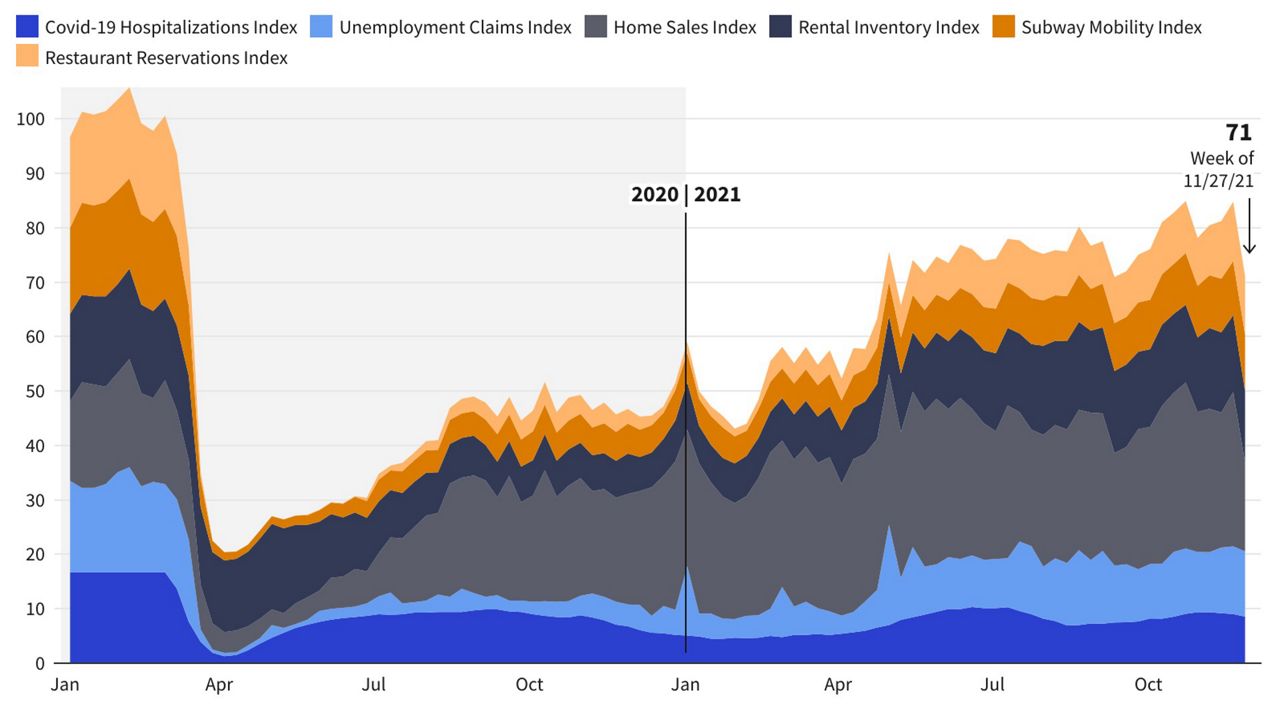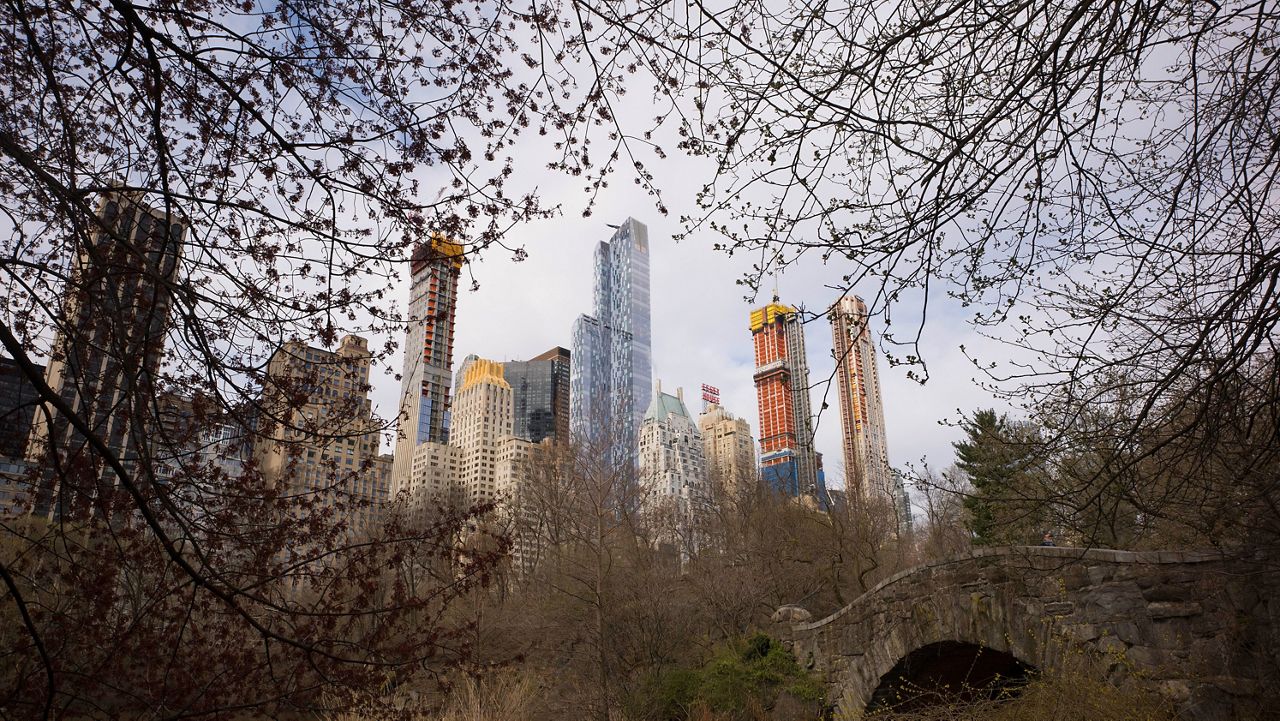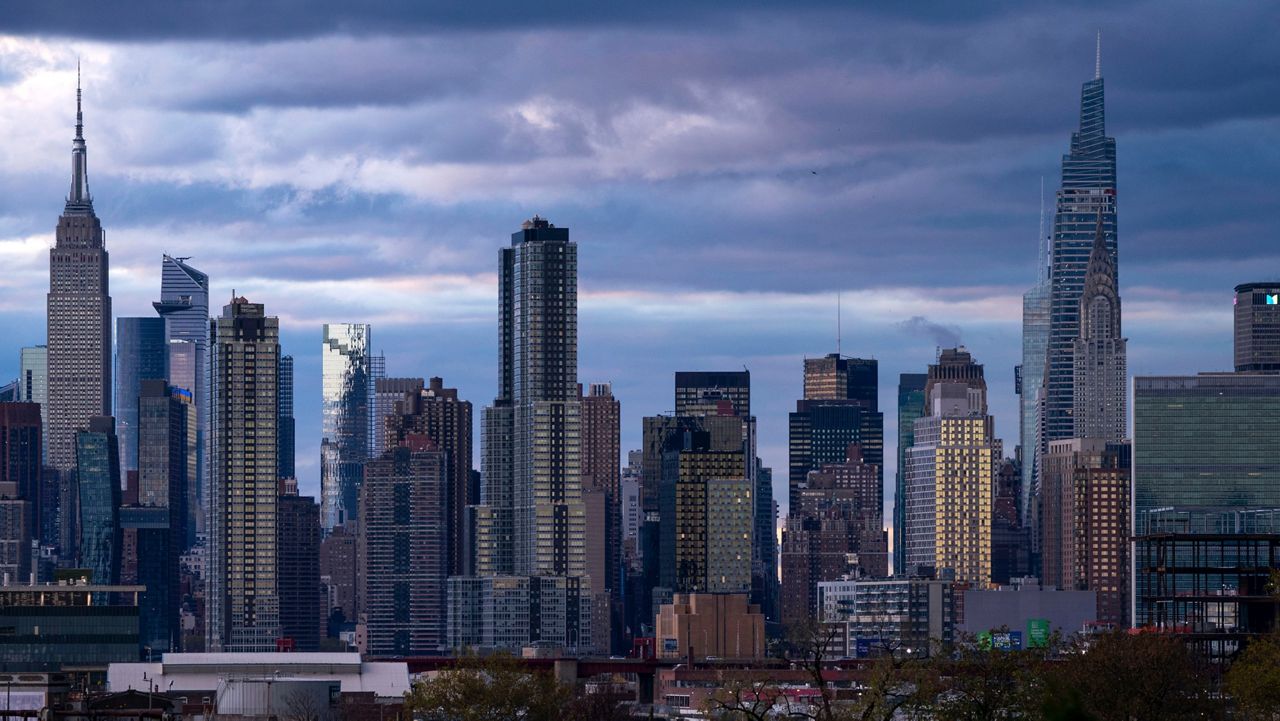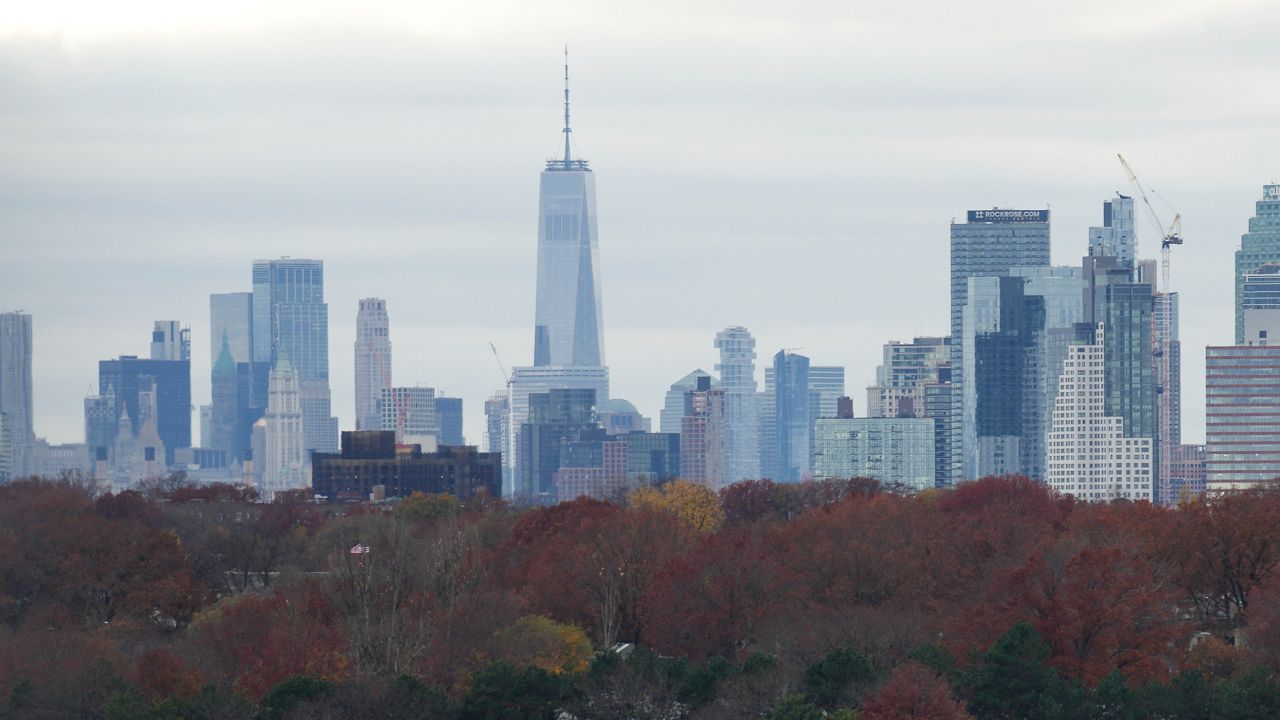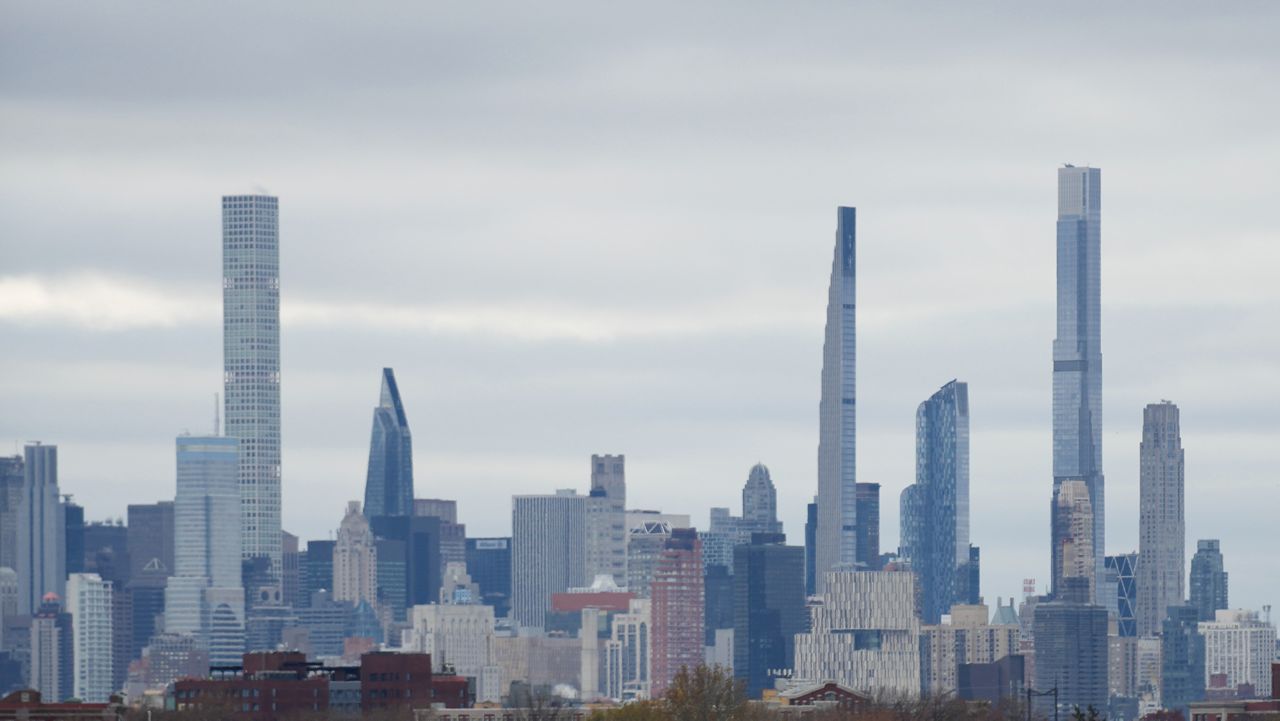New York City’s economic recovery index took a hit as of Nov. 27, falling from a score of 85 to 71. A severe drop in the city’s home sales was primarily responsible for the decline, though most other measures also experienced setbacks, amid a rise in COVID-19 hospitalization rates.
This week, New York City Mayor Bill de Blasio announced all private-sector employees must get vaccinated against COVID-19, calling the decision a “preemptive strike” against a potential increase in cases following the arrival of the omicron variant in the U.S. He added the city cannot afford more virus-related restrictions and shutdowns.
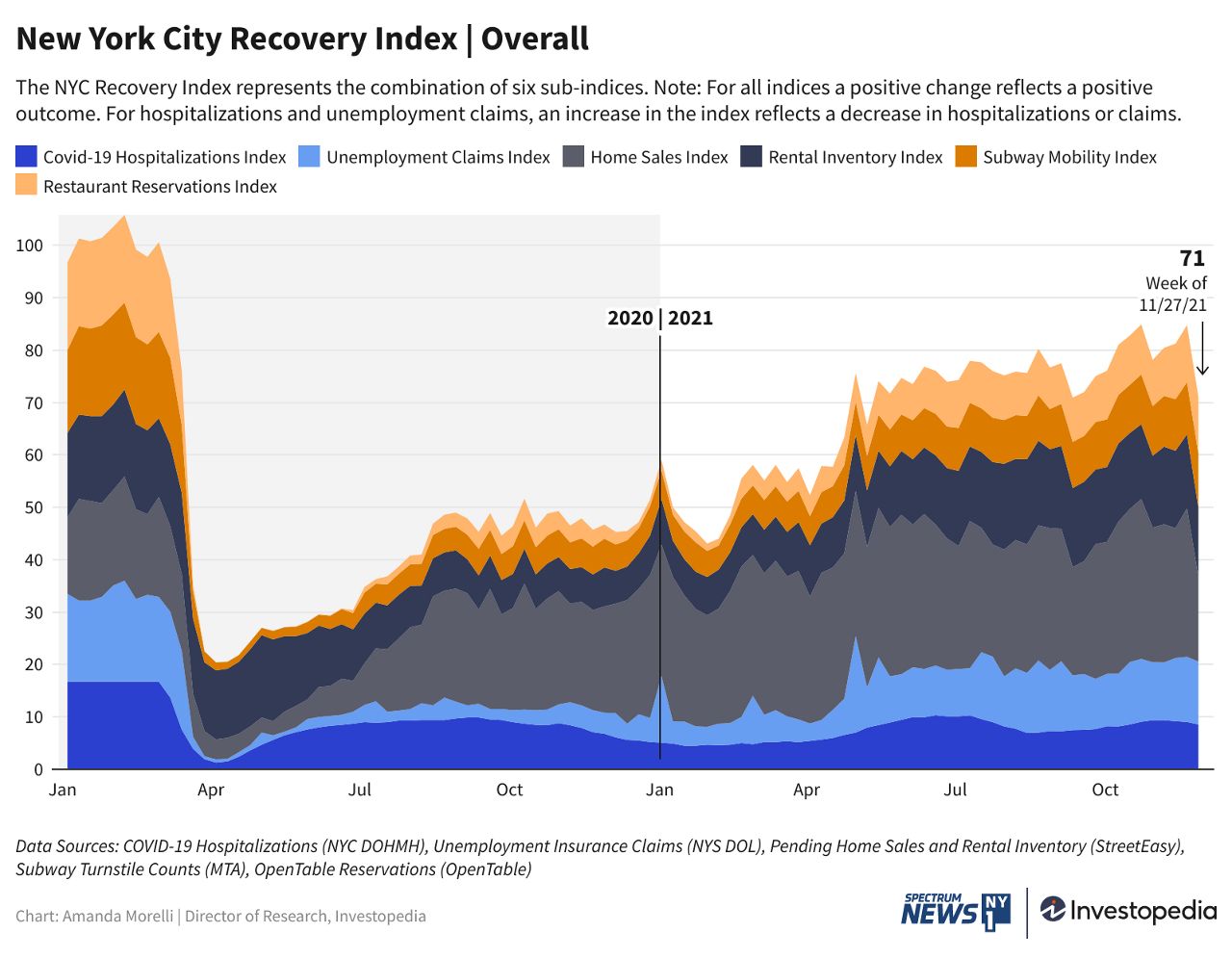
New York City’s recovery stands at a score of 71 out of 100, according to the New York City Recovery Index, a joint project between Investopedia and NY1. Over a year and a half into the pandemic, NYC’s economic recovery is under three-quarters of the way back to early March 2020 levels.

COVID-19 Hospitalizations Jump
COVID-19 hospitalization rates surged as of Nov. 27, rising to a seven-day average of 49 hospitalizations per 100,000 people, 10 more than the week before. That rate is roughly 145% higher than hospitalization rates at the end of June, suggesting the city would need to make significant progress to return to lows reached earlier this year.
The CDC continues to project that roughly 99.9% of new cases in the New York region (along with New Jersey, Puerto Rico, and the U.S. Virgin Islands) are linked to the delta variant. There were 12 omicron variant COVID-19 cases reported in NYC as of this week. A total of 1,174,774 cases and 34,905 deaths were recorded in New York City as of Dec. 7.1
As of Dec. 7, New York State has fully vaccinated approximately 69.2% of its broader population and is on pace to fully vaccinate 70% by late January of next year, and is the state closest to reaching that threshold, among those that have not already done so. In a national ranking of state vaccination efforts, New York State came in 7th out of 50 states, districts, and territories, according to CDC data and analysis by Verywell.
Unemployment Claims Rise
The city’s rate of unemployment claims jumped from an estimated 33% to 39% above pre-pandemic levels as of Nov. 27, reversing most of the measure’s progress of the prior week, after registering its best week since the onset of the pandemic. However, with hiring expected to pick up this holiday season, it’s unlikely to experience setbacks for long. More momentum in the positive direction could bring it near a full recovery later this winter, as New York’s labor market stabilizes.
Home Sales Plunge
The number of pending home sales in New York City plummeted by 297 homes as of Nov. 27, dragging the city’s overall score down with it. After running hot for months, it was the first week since the onset of the pandemic that pending home sales fell short of sales over the same period in 2019. By borough, sales in Manhattan are up 50.7% compared to pre-pandemic levels, while sales figures in Brooklyn are up 67.1%, and Queens is up 17.8%.
Rental Market Shrinks
After another week of declines in the number of available residences on the market by 1,447 units as of Nov. 27, New York City’s rental market index fell from a score of 84 to 79. There were a total of 13,016 residences on the market compared to 14,463 the week before, in the third straight week of falling vacancies. Although low vacancy rates are typical over the winter months, the tightness in the rental market’s inventory of available rentals indicates the market is still being impacted by the economic impacts of the pandemic.
Subway Ridership Climbs
After reaching its best score since the onset of the pandemic the week before, subway ridership continued to make steady gains as of Nov. 27, at 37% below pre-pandemic levels compared to 40% the week before. A few more weeks of movement in the positive direction could bring the measure close to a full recovery, if rising COVID-19 cases and new variants do not hold ridership back. The Metropolitan Transportation Authority (MTA) estimated a trailing seven-day average of close to 2.36 million riders on public transport.
Restaurant Reservations Dip
The city’s restaurant reservation index slipped from its record the week before as of Nov. 27, falling from 35% to 36% to below 2019 levels, according to OpenTable estimates. It lingered near the measure’s best score since the onset of the pandemic, and a rebound in diners over the holidays could bring the measure near a full recovery by the end of the year.
To get more news and information from this partner, subscribe here.




